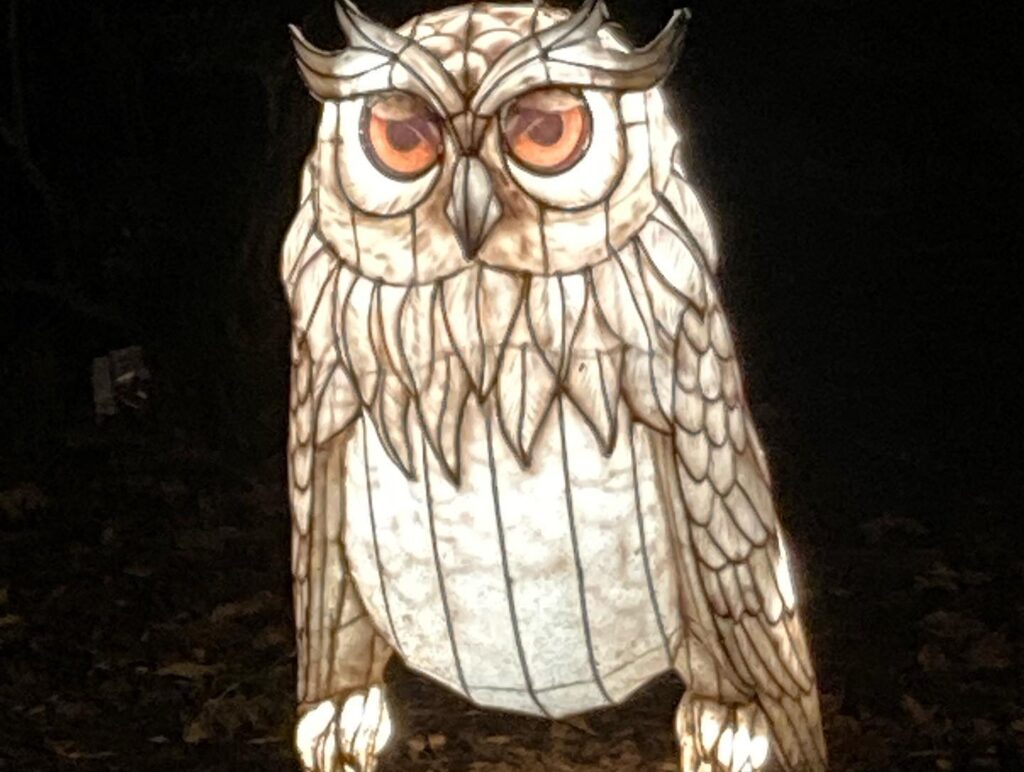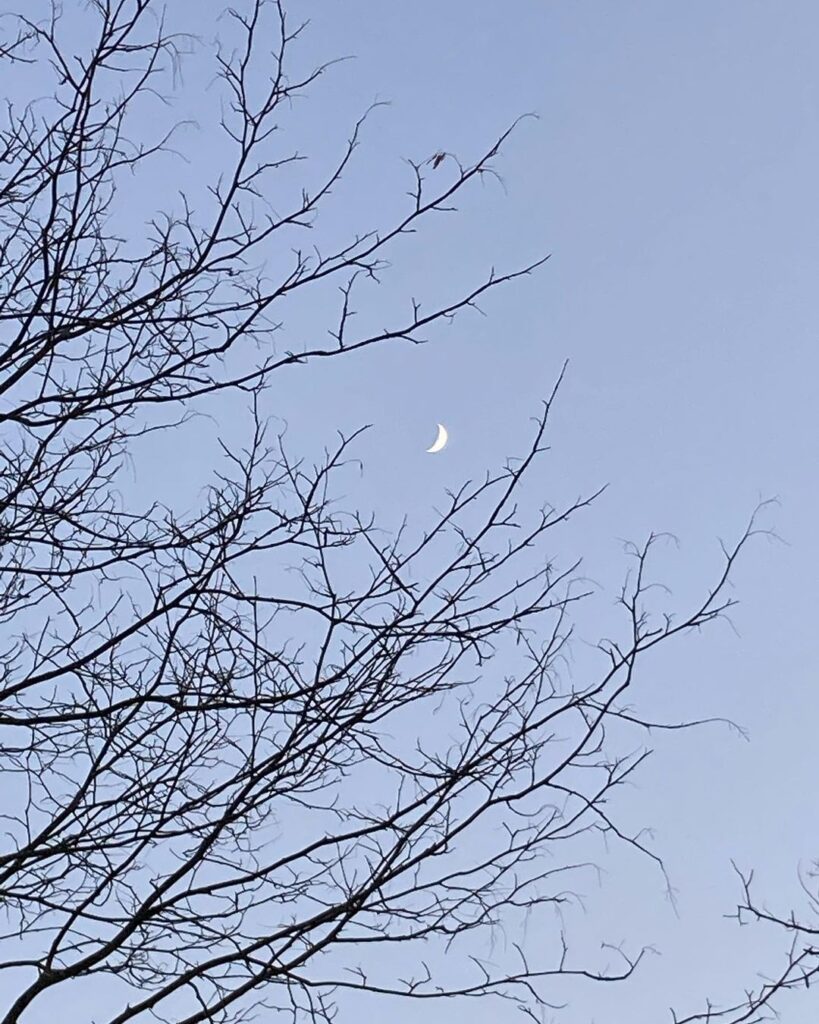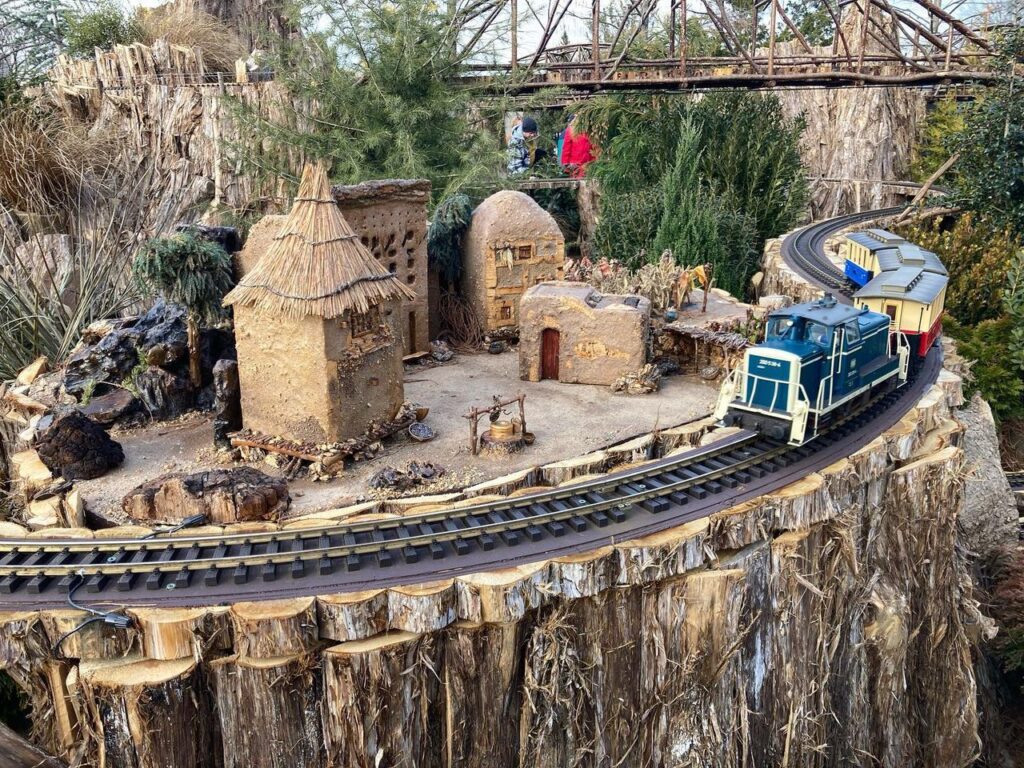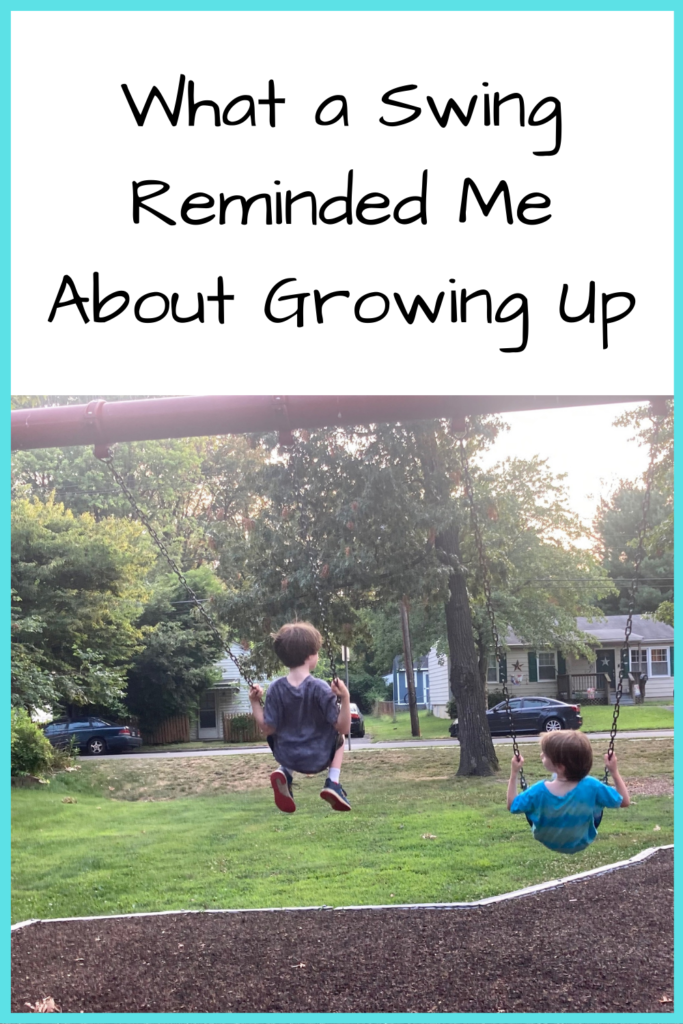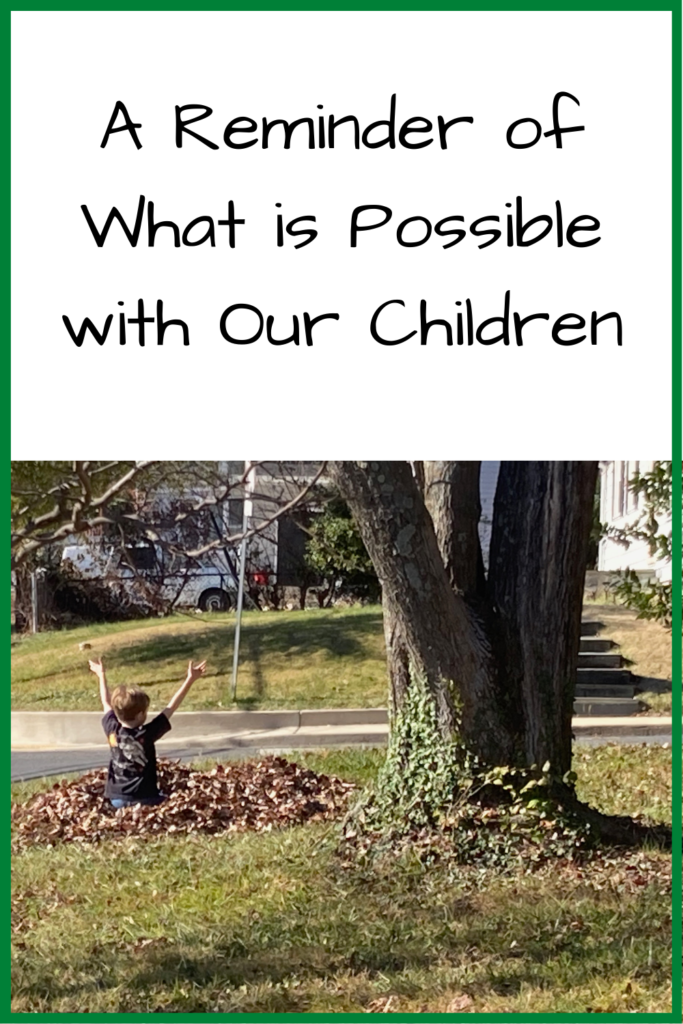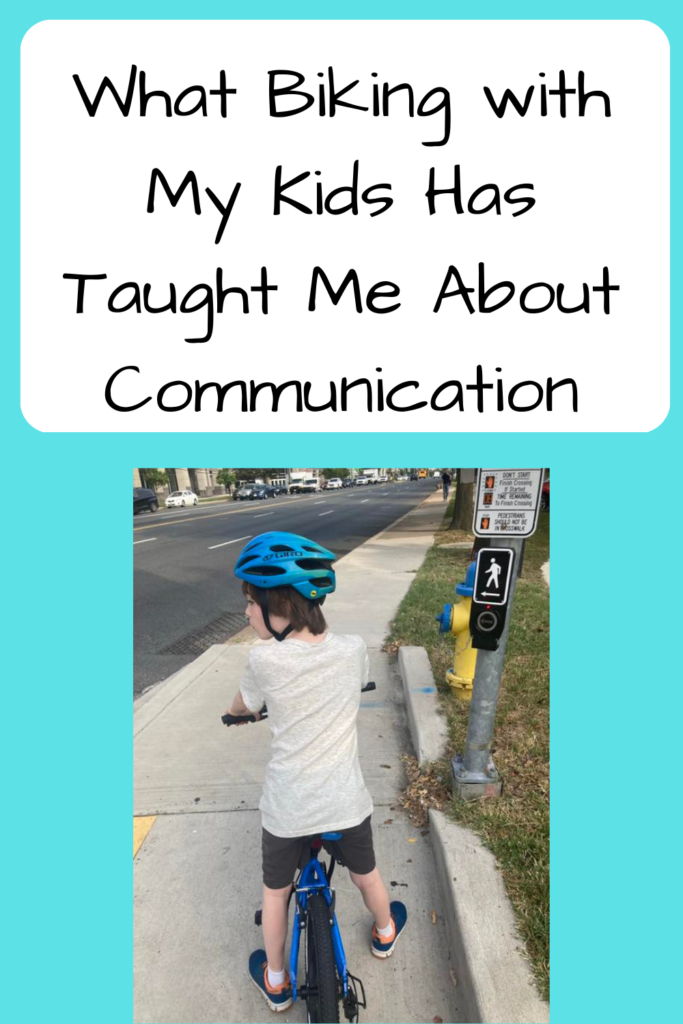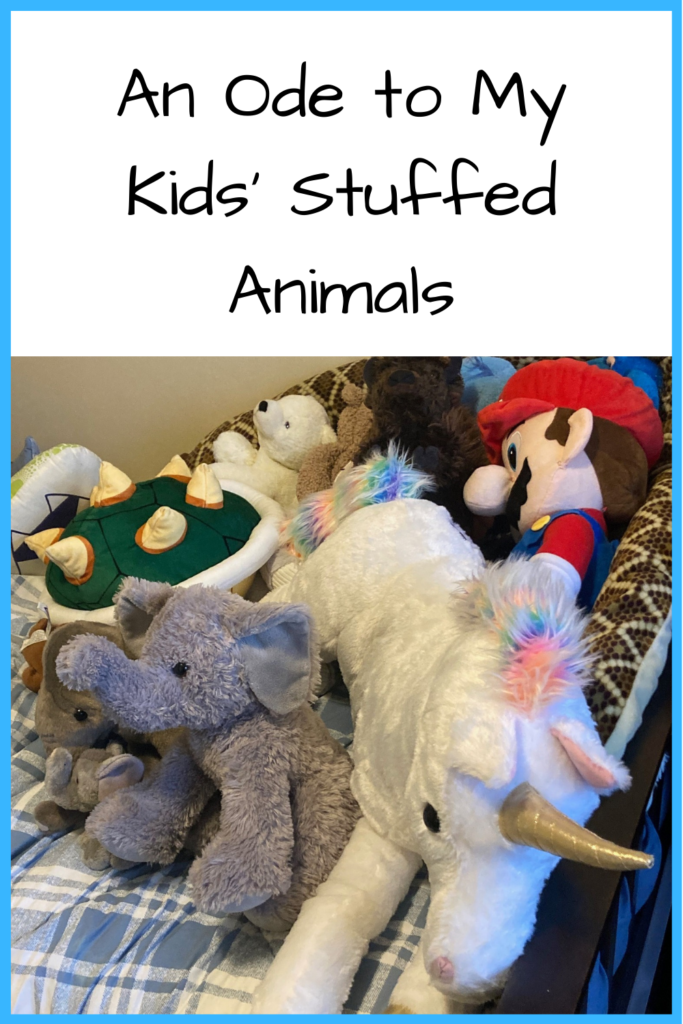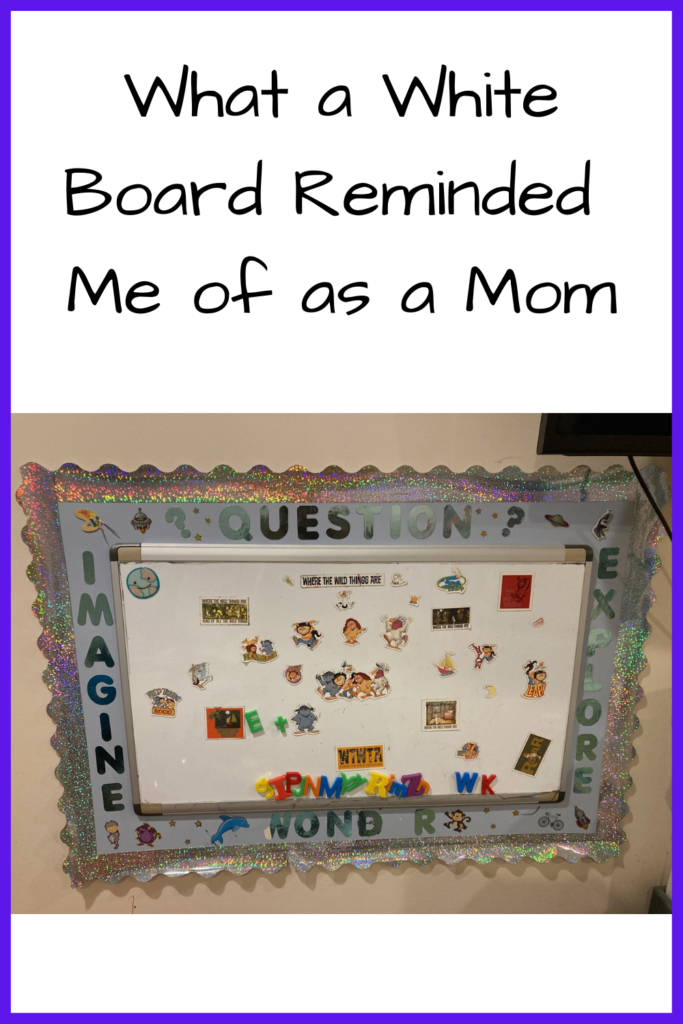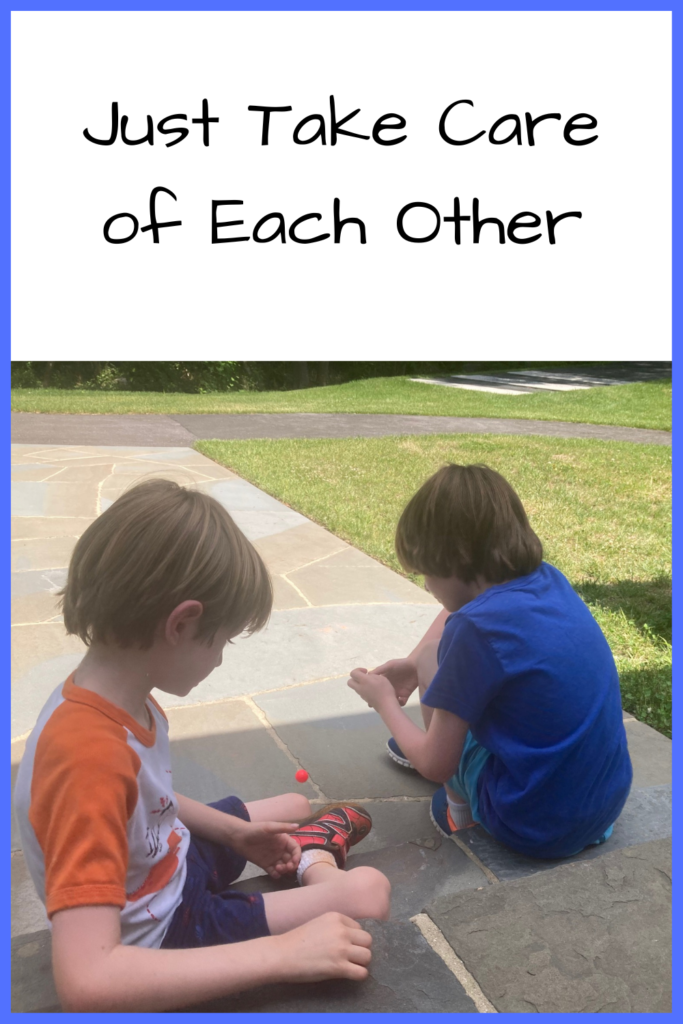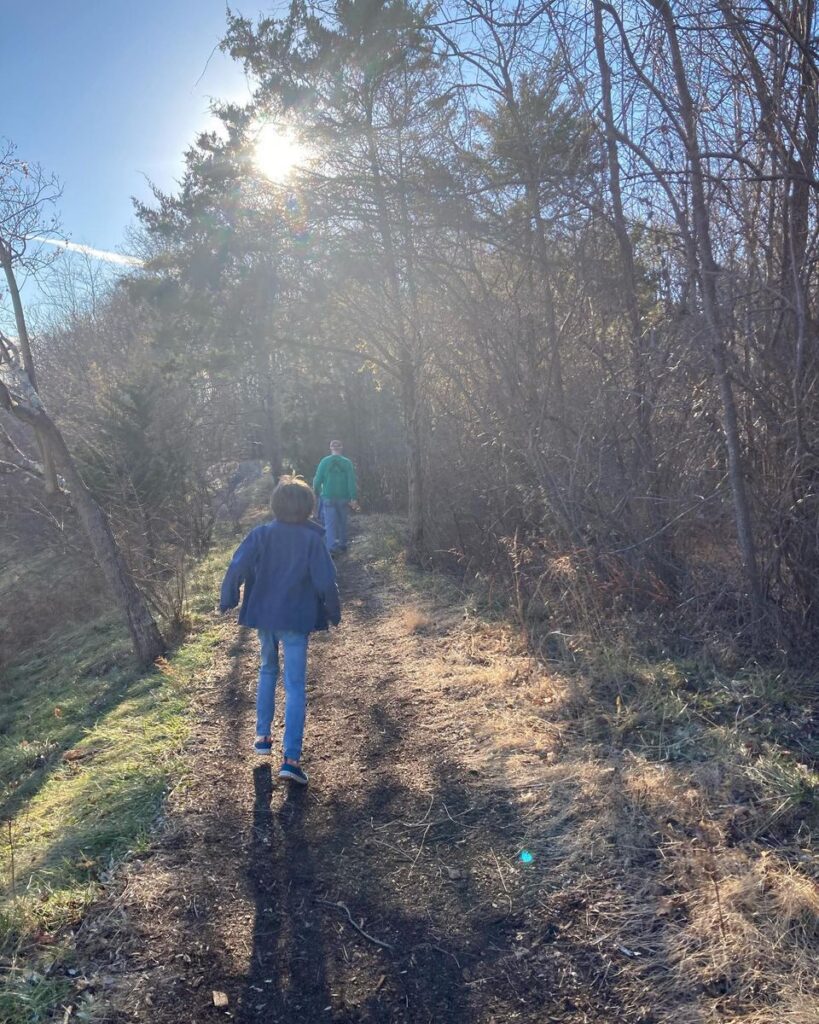
Warm weather in January stirs up a lot of ambiguous feelings in me. On one hand – it’s beautiful out! On the other – it’s probably because of climate change! (It’s also called climate chaos for a reason – the up and down unpredictability is part of it.) And back to the other hand – we should enjoy it while we can! In reality, it’s probably a combination of all three.
Bringing kids out in nature and modeling enjoying it is one of the best ways to build lots of emotional and physical skills as well as environmental awareness. You don’t need to get all apocalyptic, but it’s also a chance to draw attention to how it is unseasonably warm and how the climate affects it. You can get curious, asking your kids what they think we can do to help. (It’s very possible they’ve already discussed it in school.) We don’t want to put the whole burden on them though, so be sure to talk about what adults (including yourself) are doing, like Indigenous water protectors fighting oil pipelines or Black and Hispanic activists working to close coal and natural gas plants in their neighborhoods. And of course, all of the people working to build renewable energy!
If you want somewhere to start, check out the Family Climate Justice toolkit I created with Raising Luminaries.
(I originally wrote this post on New Years’ Day and posted it to social media then.)
